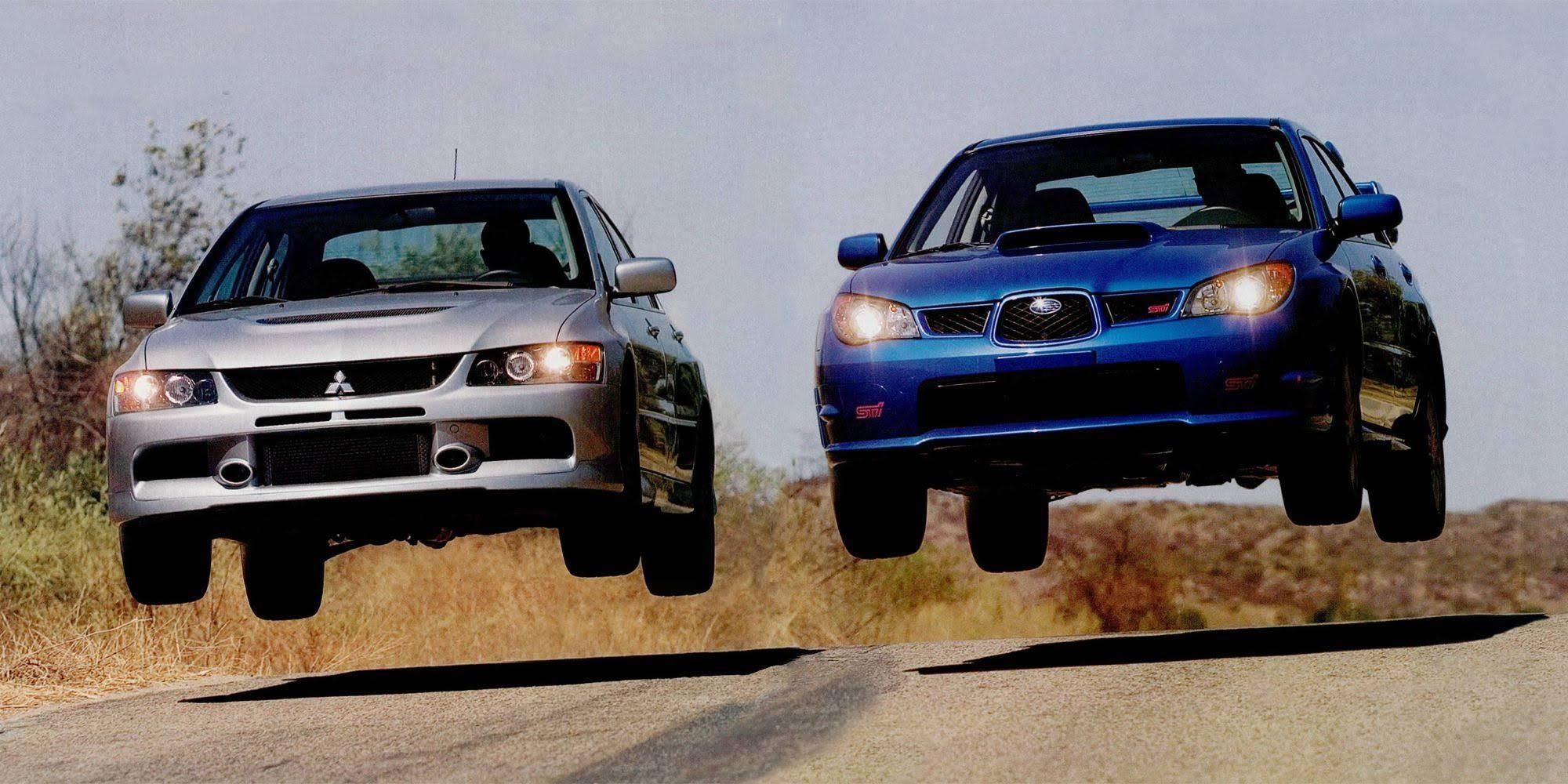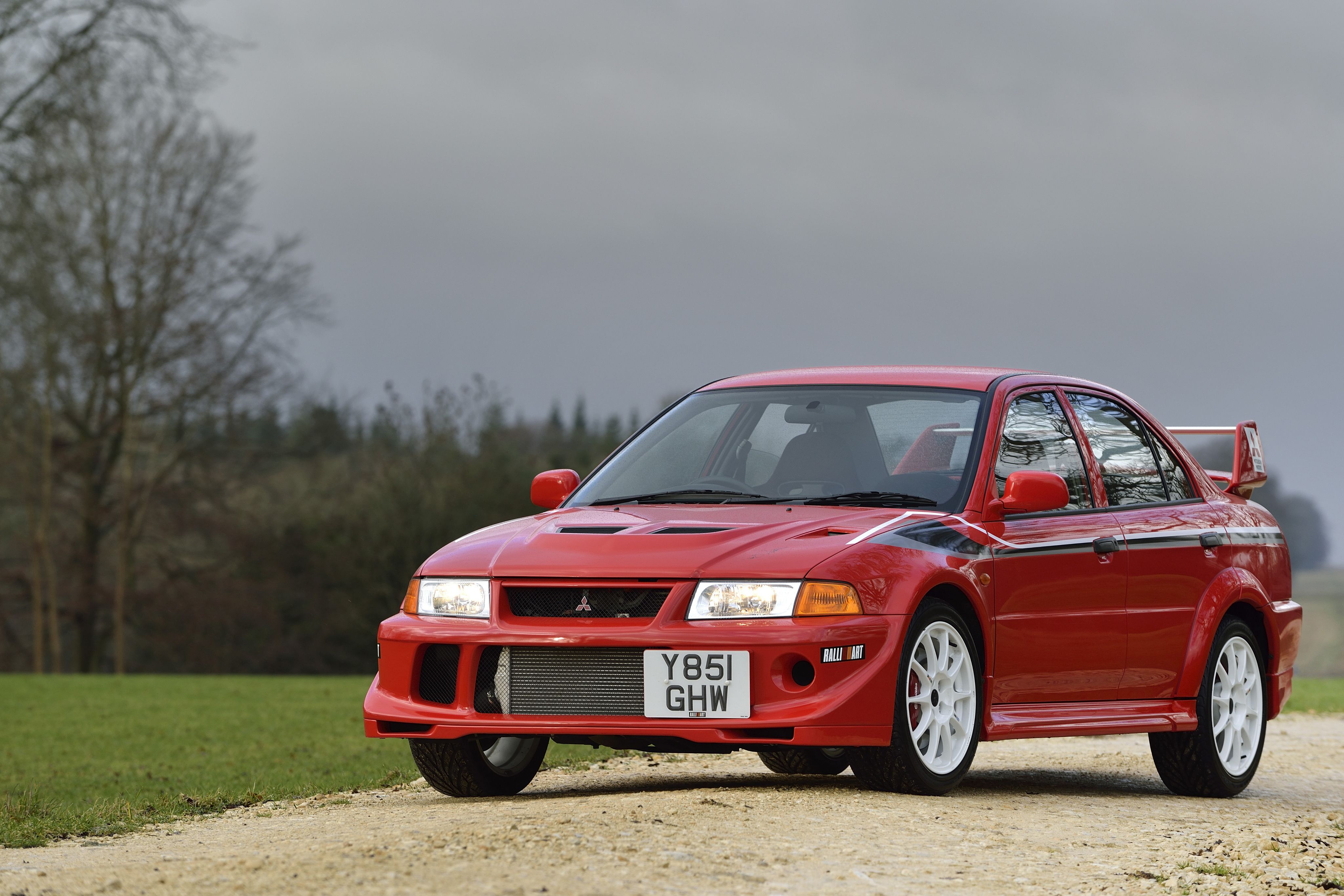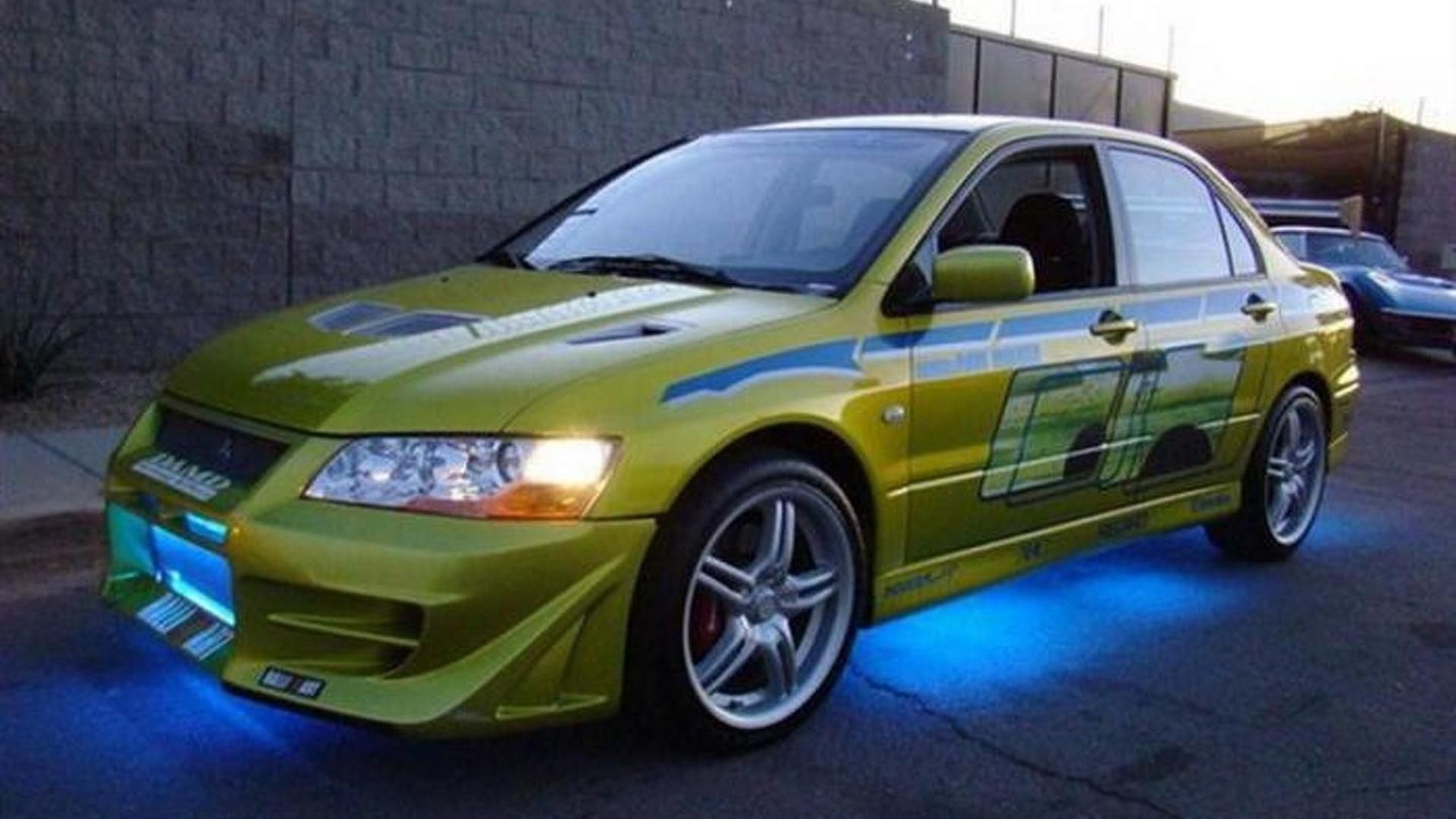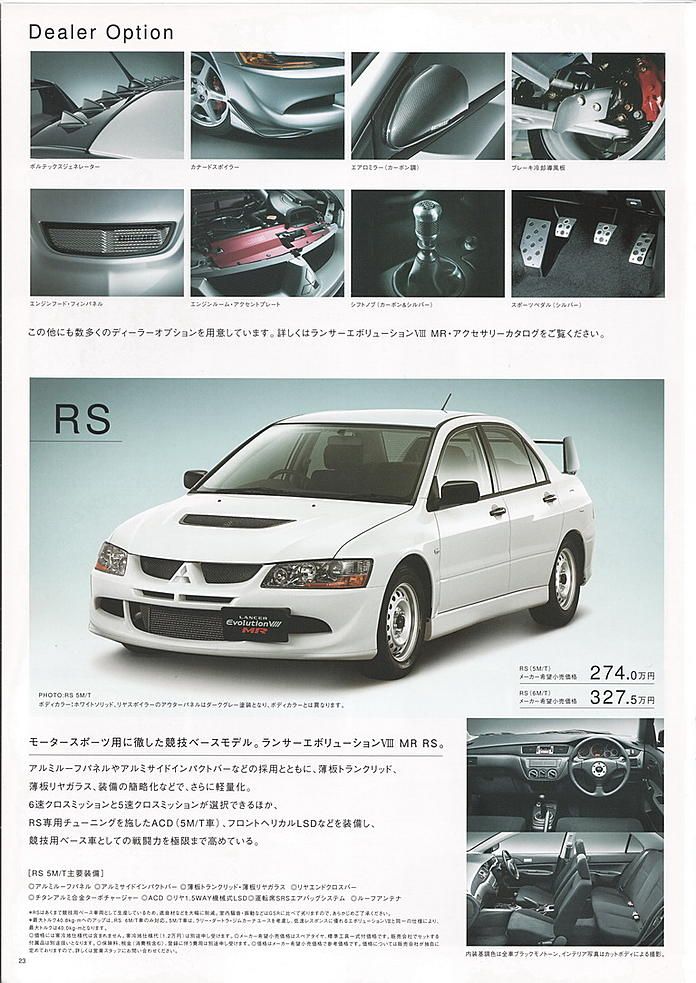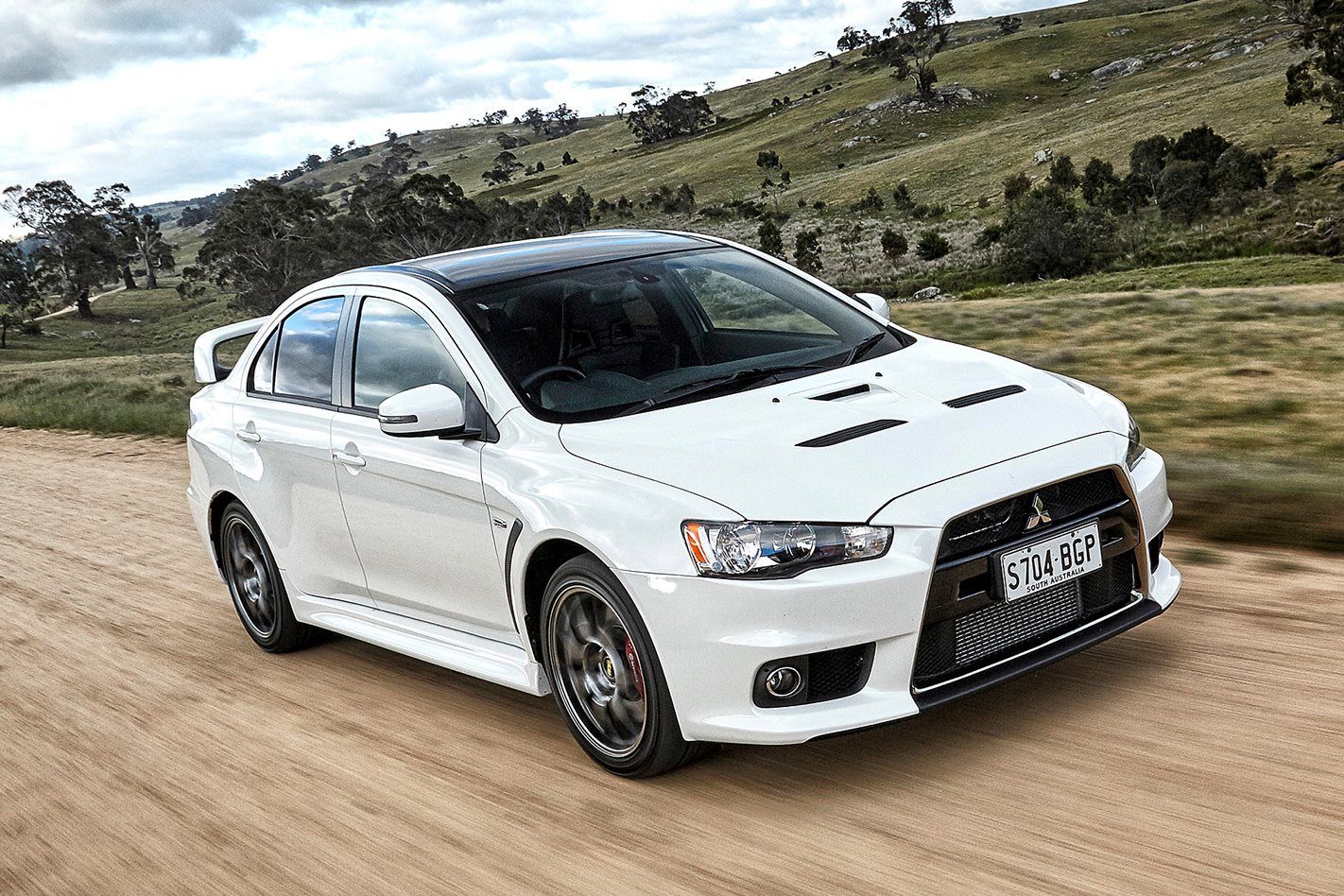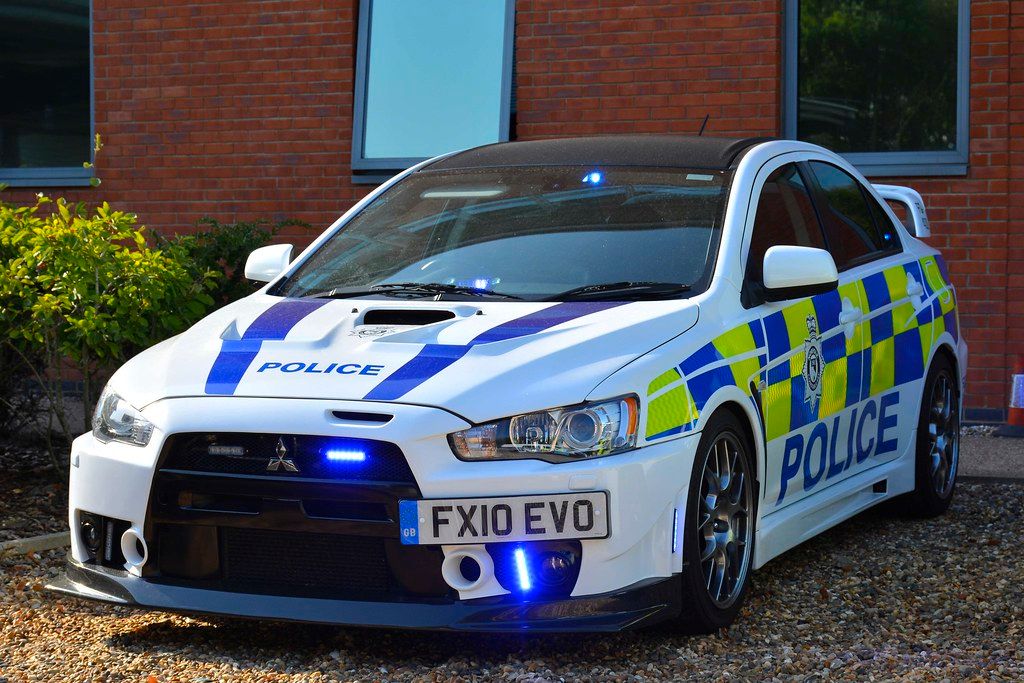The Lancer Evolution, or "Evo," is a sports sedan manufactured by Mitsubishi Motors, and it was in production from 1992 to 2015. The Evo was actually based on the original Mitsubishi Lancer, except for the additional sporty features - of which there were plenty.
The original Lancer car was a humble sedan that appealed to family-oriented buyers on a budget. Mitsubishi then decided to invigorate its brand image, thus releasing the Evo, which was fitted with a larger engine and taken to the world of rally stages.
All of the Mitsubishi Lancer Evo generations were equipped with a two-liter turbocharged four-cylinder engine and they were only available in all-wheel-drive. The Mitsubishi Lancer Evo was an iconic car and a popular choice amongst performance car enthusiasts. We really wish they'd bring it back before people forget what a truly awesome machine it was. Here are 15 things you may have forgotten about the Mitsubishi Lancer Evo.
15 There Were 10 Generations
Since its launch in 1992, the Mitsubishi Lancer Evo went through 10 different generations during the 24 years it was in production. The first Evo ran from October 1992 until January 1994. The last generation, the Evo X, was launched in 2007 and stayed in production until the Evo's retirement in April 2016. Not every generation marked huge changes though. Often, it was just minor upgrades separating two, or even three generations.
14 In Direct Competition With The Subaru Impreza WRX STI
Initially, the Lancer Evolution was meant to be produced and sold only in the Japanese market. In order to find a way around grey market imports, and after witnessing the success of their direct rival Subaru's Impreza WRX STi, Mitsubishi launched the Evolution in the United States in 2003. By then it had already been on the European market for a few years.
13 There Was A Limited Tommi Mäkinen Edition
The Mitsubishi Lancer Evolution VI received a limited Tommi Mäkinen Edition in the year 2000. The special edition was created to celebrate Tommi Mäkinen’s incredible achievement of winning his fourth consecutive Drivers' Championship in the 1999 World Rally Championship. A total of 2500 special edition cars were made for sale. Due to the differences between it and the "standard" Evo, the Mäkinen Edition is often referred to as the Evo 6.5.
12 The World's Fastest Evo Did 221.4 Mph
The world's fastest known Mitsubishi Lancer Evo belonged to one Mike Reichen. He customized his 1994 model Lancer Evo II to such a degree that the car would outperform most, if not all, supercars of the time. He managed to hit 221.4 mph in his Evo, setting a Lancer Evo world record in the process.
11 Paul Walker Drove An Evo In 2 Fast 2 Furious
Upon the release of the 2002 hit film 2 Fast 2 Furious, fans were quick to notice that one of the cars driven by Paul Walker in the movie was a Lancer Evolution. Or was it? Most of the Lancers we see in the movie were actually standard models modified to look like Evos. But, Paul Walker did drive the House of Kolor Lime Green Mitsubishi Lancer Evolution VII hero car in certain scenes in the movie.
10 There Was An Evo In Tokyo Drift As Well
The Mitsubishi Lancer Evo was seen in the hit film The Fast and The Furious: Tokyo Drift. The car plays a significant role in the story of the film, but some fans felt it was sacrilege to use an AWD car as a drift car. However, it had been heavily modified and converted to RWD. Other than going sideways, this Evo was actually worse than the standard car at everything - it was even 2 seconds slower to 60 mph than a stock EVO.
9 The Evo Has Actually Been Used For Drifting
Ok, so it turns out there are actually some professional drifters who prefer to get their kicks using the Mitsubishi Lancer Evo. Team Orange, one of the most prominent D1 Grand Prix drift teams, has perfected the art of AWD drifting, using both the EVO and its rival - the Subaru Impreza.
8 It Was Highly Tuneable
During its time of reign, the Mitsubishi Lancer Evo was one of the most sought-after cars due to its incredible tuning potential. Several people have claimed to have been able to get more than 500 horsepower from the 2.0L engine in the car - while keeping it useable for everyday driving. And there are also plenty of other performance enhancements available to make it corner like it's on rails.
7 The Evo VI Extreme Was The Rarest Of Them All
The Evo VI Extreme is the rarest Evo of them all, with only 29 being built, which also makes it one of the most collectible. It was built by Ralliart UK and launched in 1999. The Extreme was based on a tuned RSII model that produced an incredible 350 hp, it did 0-60 mph in just 4 seconds and cost £41,995. No wonder it ended up being widely acclaimed by the automotive press.
6 The RS Models Had Unique Features
The Lancer Evo was one of the most popular rally cars during its heyday. All the Evo RS models actually came with steel wheels, and many of the Evo RS models also came with thinner body panels and thinner glass as an option. This isn't unheard of when it comes to performance cars. Often the models intended for motorsport use will come with lower specs and stripped of all creature comforts.
5 Popular Hill Climb Racers
The Mitsubishi Evo wasn't just about rallying though, it's also known for its incredible hill-climbing abilities, which brought in plenty of accolades. The Evo has won the European Hill Climb Championship ten times since the year 2007. Additionally, the car was also awarded the FIA International Hill Climb Cup a total of 9 times. And who can forget the video of the Evo flying off the road at Pikes Peak?
4 The Final Edition Trim
After Mitsubishi announced that they would stop the production of the Lancer Evolution, they released the Final Edition trim. Only 1,600 models were made for the U.S., and the cars featured a black roof, "Final Edition" emblems, darker Enkei wheels and a power hike from 291 hp to 303 hp.
3 The Evolution Was Also Called The Carisma GT
In European markets, the Mitsubishi Lancer Evolution was sold as the Mitsubishi Carisma GT. This European name for the Evo was also the name entered into records when the World Rally Championship racers Richard Burns and Freddy Loix drove the Evo cars in the competition during the late '90s.
2 British Police Drove Evo Police Cars
When the Mitsubishi Lancer Evolution X was released in the United Kingdom in 2008, the British Police decided to use these cars as the official police cars in the country. The Lancer Evo X was hailed for its excellent pursuit capabilities and for offering enhanced performance with low risk of accidents.
1 Rumors Of An 11th Generation
Not too long ago, rumors emerged of the Mitsubishi Lancer Evolution making a comeback with an 11th generation model. Several eager fans believed that the car would be returning as a four-door sedan or a hatchback. Others speculate that a new and improved hybrid version may be up for release soon. We all saw what happened when Mitsubishi brought back the Eclipse name though. Maybe it's better if it doesn't return? Let's just pray there won't ever be an Evo crossover.



